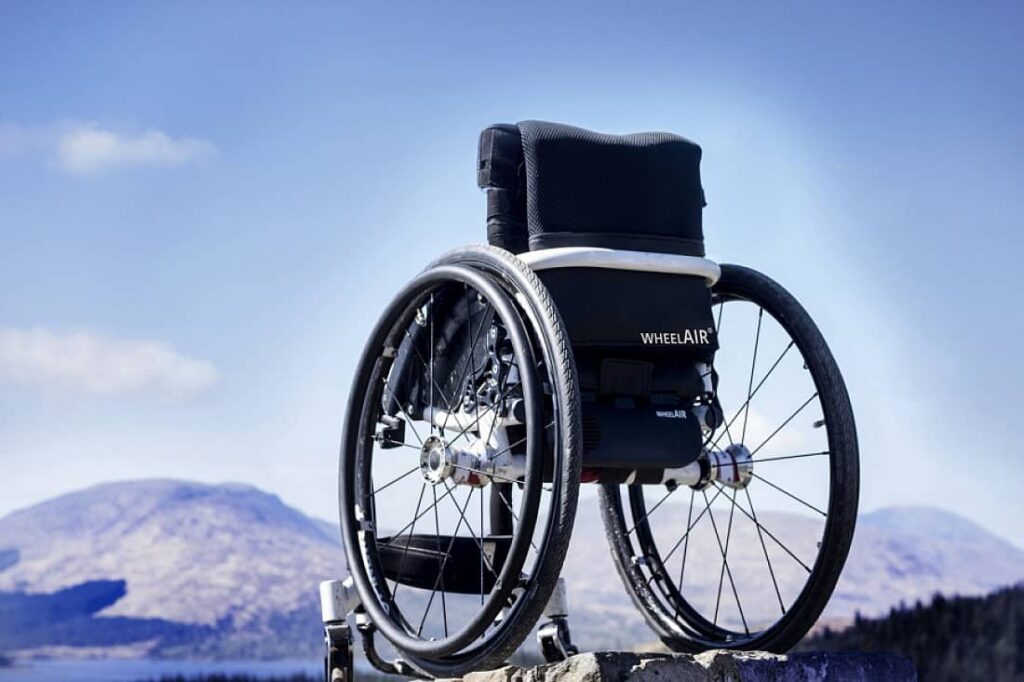For physically challenged individuals, an electric-powered wheelchair is an incredible method for enhancing personal mobility. A wheelchair enables a disabled individual to appreciate and even partake in occasions and exercises with families, companions, and friends. Furthermore, wheelchair users can now do things that were once thought to be impossible due to their disability. It could be as simple as going with a buddy on a long walk or even a climb on trails that are accessible.
About 10% of the global population, i.e. about 650 million people, have disabilities. Moreover, studies indicate that, of these, some 10% require a wheelchair.
With that said, the following are some interesting facts about electric wheelchairs:
1. History
Of course, let’s start off by acknowledging the inventor of wheelchairs: George Klein. During WW II, he saw numerous severely injured veterans and civilians. Later on, that experience would inspire him to create the world’s very first wheelchair.
2. Benefits of wheelchairs
Providing appropriate wheelchairs not only enhances mobility but begins a process of opening up a world of education, work and social life. Thanks to wheelchairs, disabled persons can now enjoy going to parks and doing regular activities like grocery shopping. In addition to providing mobility, an appropriate wheelchair benefits the physical health and quality of life of the users by helping in reducing common problems such as pressure sores, the progression of deformities and improve respiration and digestion.
3. What is an appropriate wheelchair?
According to the World Health Organization, a wheelchair is appropriate when it:
- meets the user’s needs and environmental conditions;
- provides proper fit and postural support;
- is safe and durable; • is available in the country; and
- can be obtained, maintained and services sustained in the country at an affordable cost.
4. Wheelchair Accessible Countries to Travel to
According to a recent study that ranks countries around the globe based on wheelchair accessibility, Canada, UK, US, Australia, and New Zealand tops the list. Furthermore, the top 5 cities in America for wheelchair living are Seattle, Portland, Reno, Albuquerque, and Denver.
5. Transportation
In the United States, 98% of public transit buses are equipped with wheelchair-accessible ramps. Furthermore, one out of two taxicabs in NYC are WAV (wheelchair-accessible-vehicles).
6. Types of wheelchairs
There are many types of wheelchairs. Some disabled persons customize their wheelchairs to suit individual needs. For instance, there are manual wheelchairs, rigid frame wheelchairs, electric wheelchairs, and many more.
7. Rights to Wheelchair
The UN Standard Rules (1994) Rule 4; Convention on the Rights of Persons with Disabilities (CRPD 2006) Article 20 (personal mobility) and Article 26 (habilitation & rehabilitation) request Member States to support the development, production, distribution and servicing of assistive devices and equipment and the dissemination of knowledge about them. Moreover, to make optimum use of a wheelchair, an accessible/ barrier-free environment is equally important.
8. World Records
The record for the greatest distance covered by a motorized wheelchair in 24hrs was done by Jackie Weeden. According to records, Weeden took tracked 13hrs and 50mins to cover 154 miles. He performed the world record on May 15, 2011 at Fowlmead Country Park. Meanwhile, the fastest wheelchair marathon racer is Josh Cassidy, a 28-year-old from Oakville, Ontario, Canada. In 2012, on a very hot day, he shot round the Boston Marathon in 1 hour 18 minutes and 25 seconds – 12 minutes faster than the winning time at the London Paralympics later that same year. Finally, the world’s longest wheelchair wheelie record is held by Junwu Xie of China. He is a 42-year-old man who’s been a paraplegic for 20 years. He went a staggering 16.03 miles before finally letting the other two wheels touch the ground.
9. Solar Power Wheelchair
Haidar Taleb, a 47-year-old disabled UAE citizen, designed solar-powered wheelchairs to make a 200-mile trek. His eleven-day journey started on November 22, 2010, and took him across all seven emirates. The wheelchairs, developed in collaboration with Masdar, a renewable energy company in Abu Dhabi, can reach a maximum speed of 9 to 12 mph and has chunky enough batteries to continue traveling for a further six hours if the sun goes behind clouds.
10. International Wheelchair Sports
It wasn’t until the Rome Olympics in 1960 that the first international sports events for disabled athletes were organized. At first, the athletes used conventional wheelchairs, and races only went a distance of up to 200 meters. It was in the 1975 Boston Marathon where first wheelchair marathon competitor raced.


